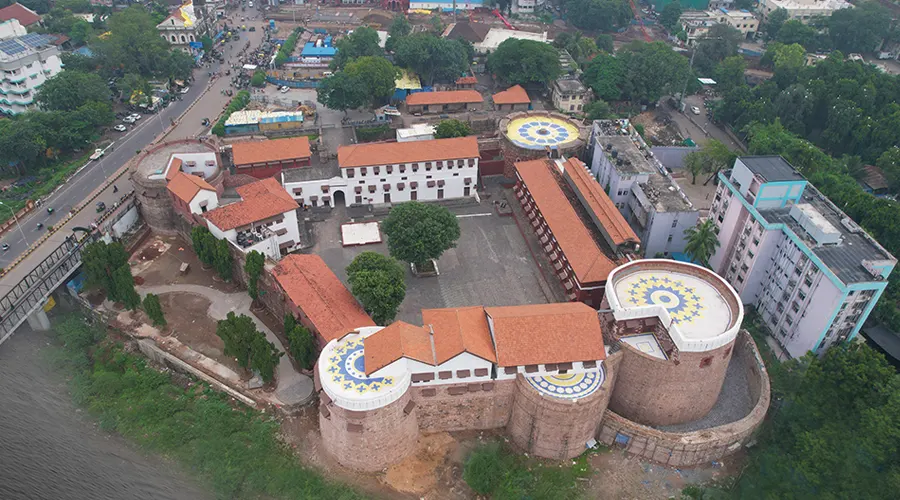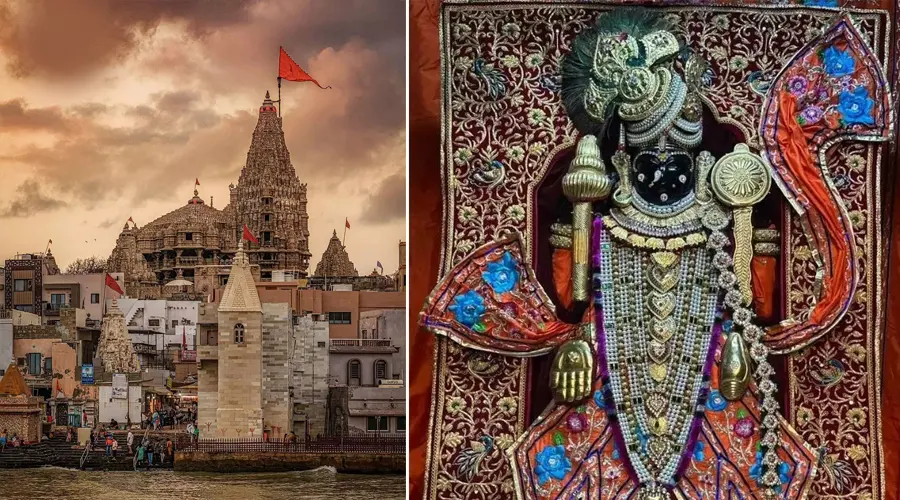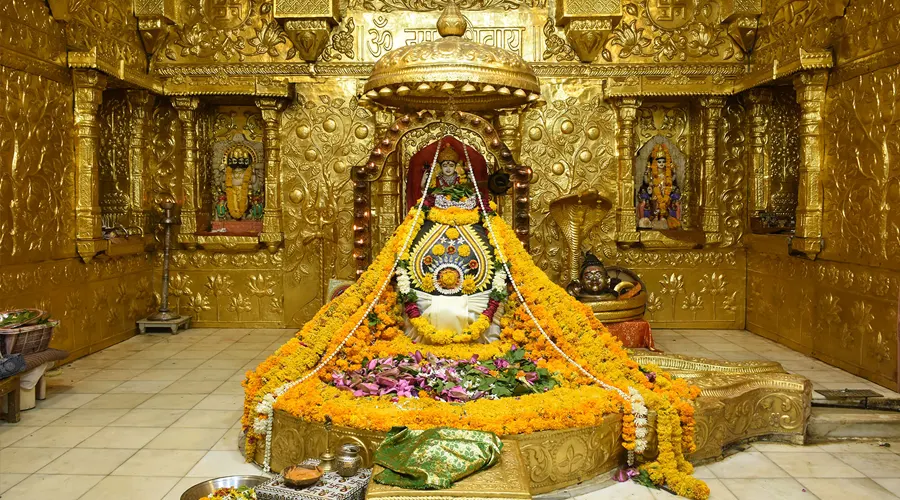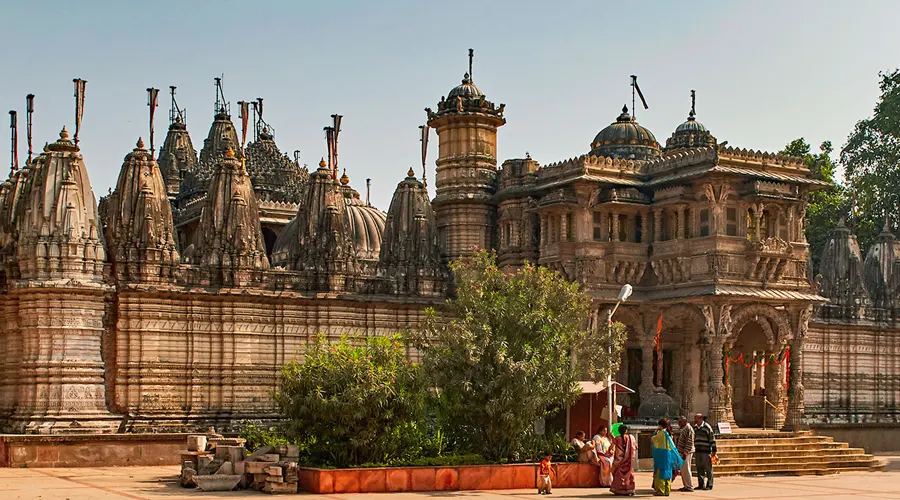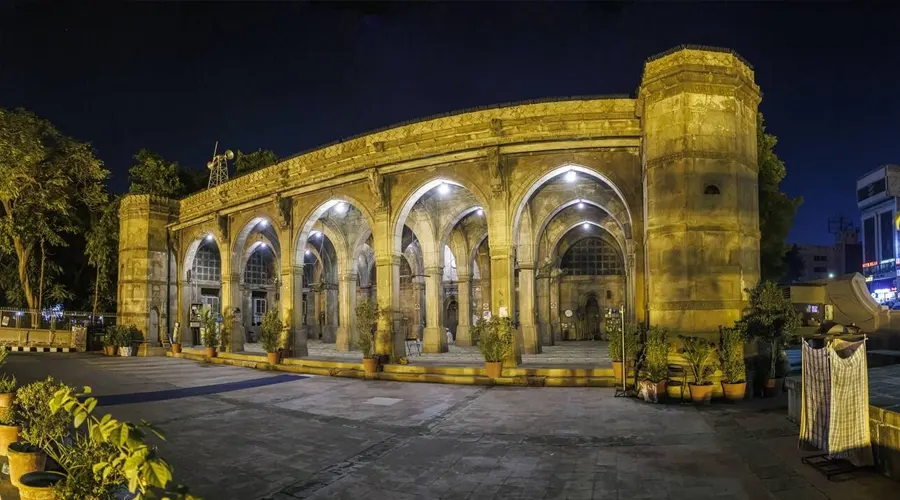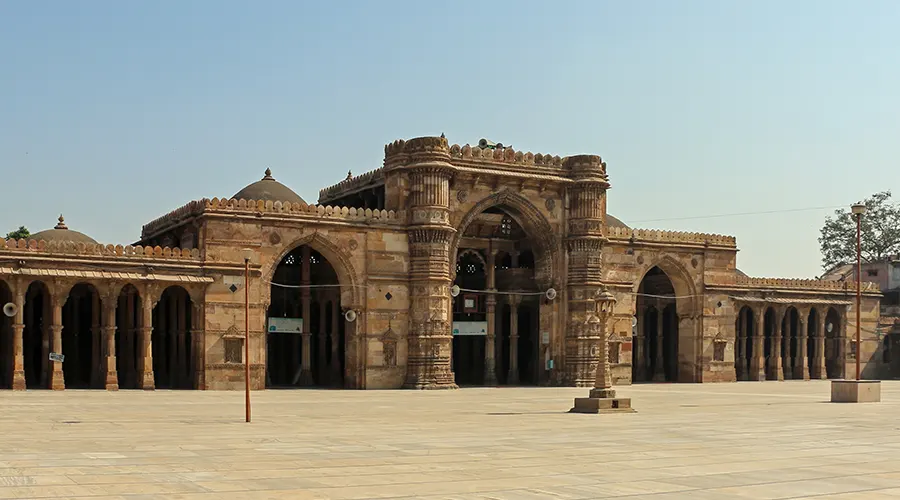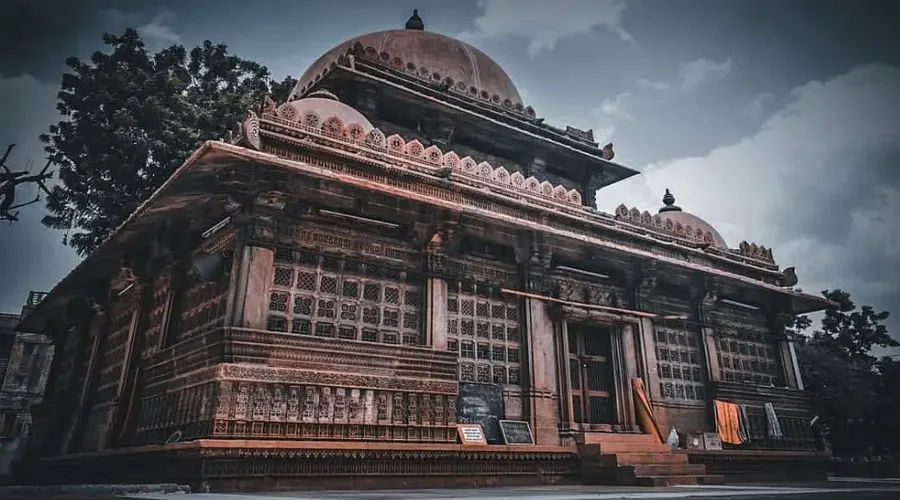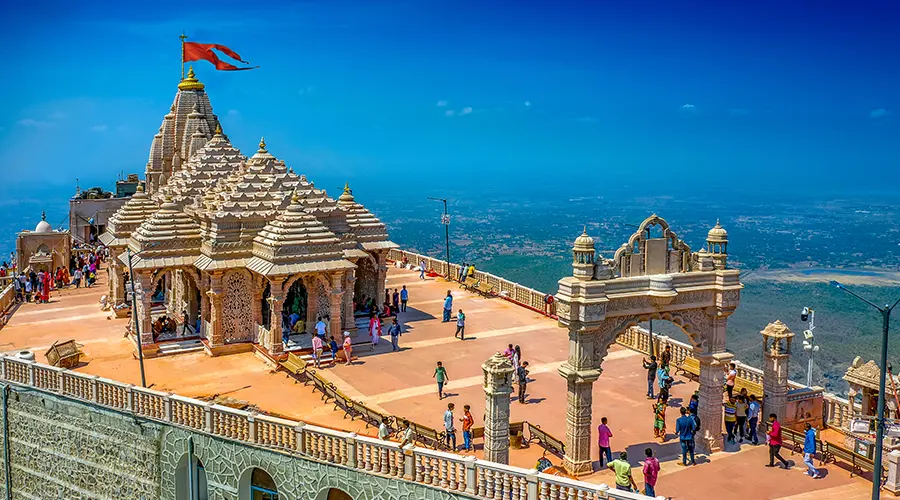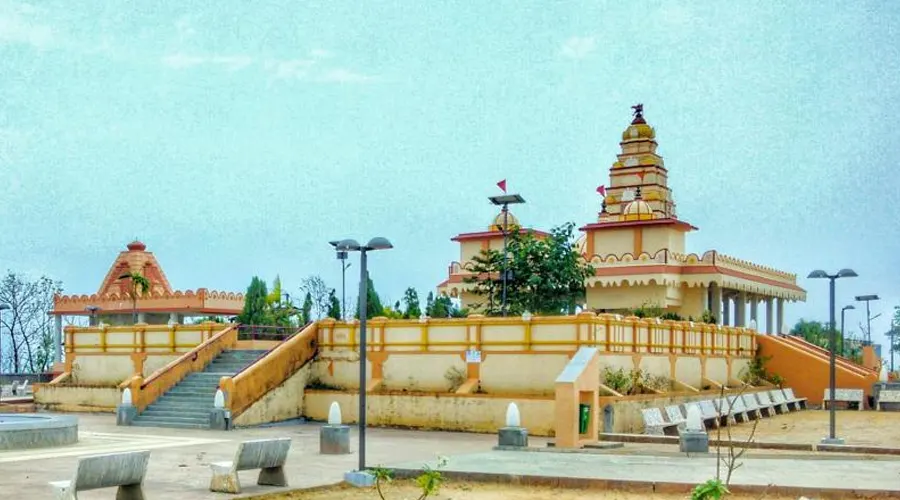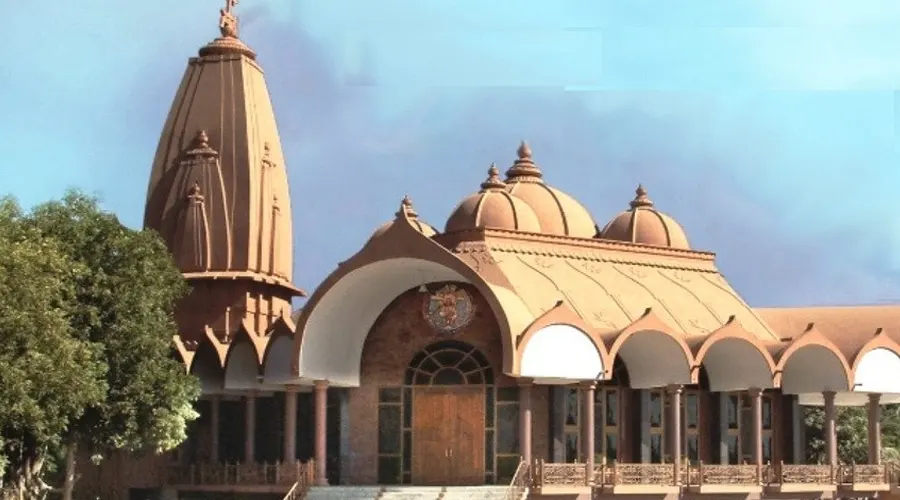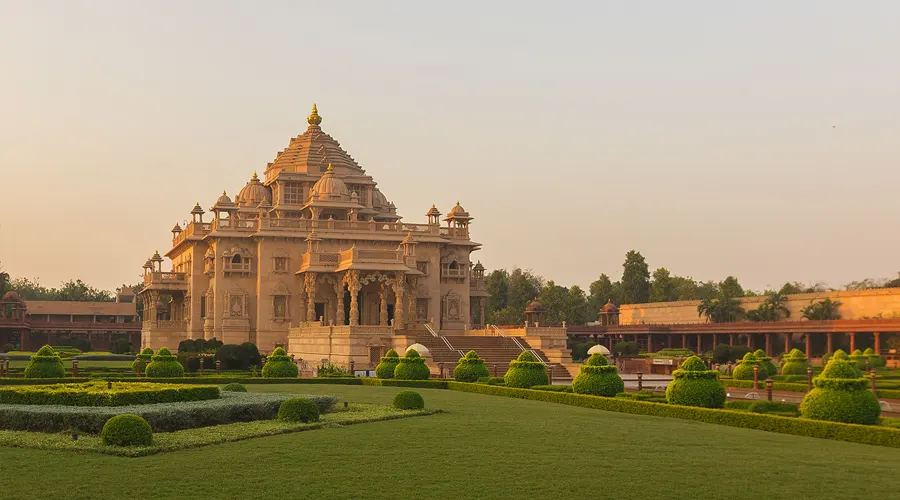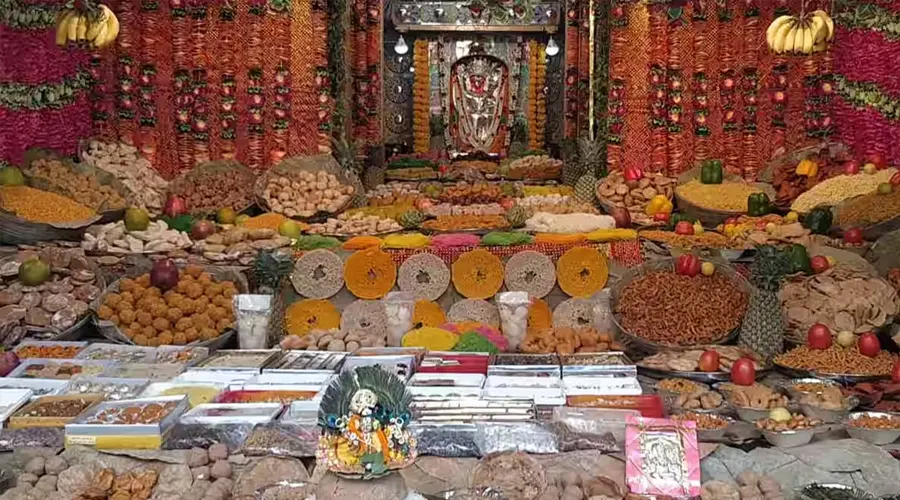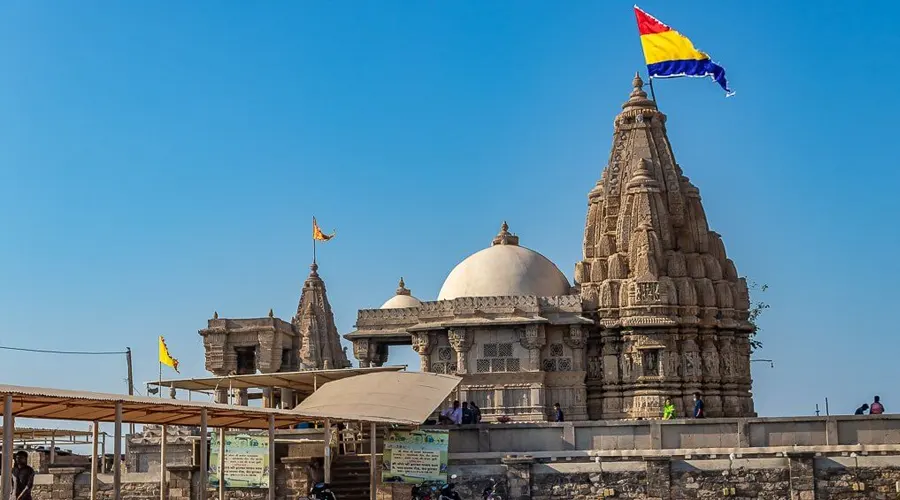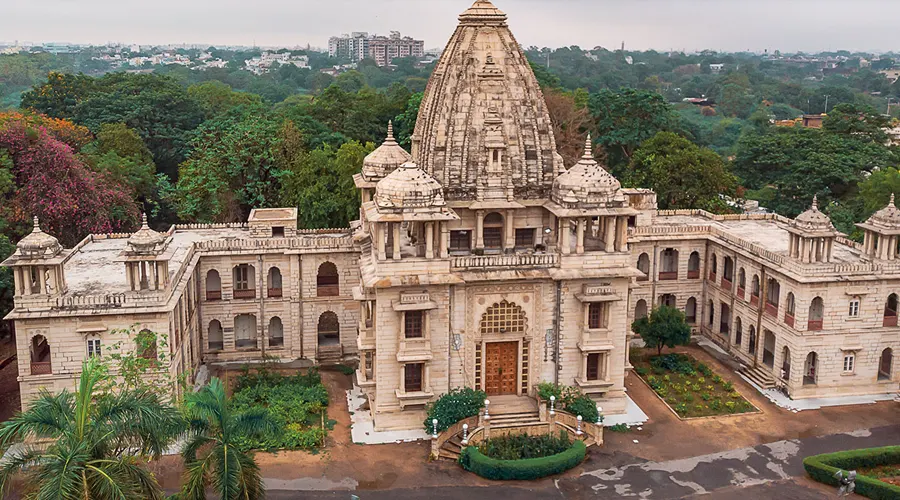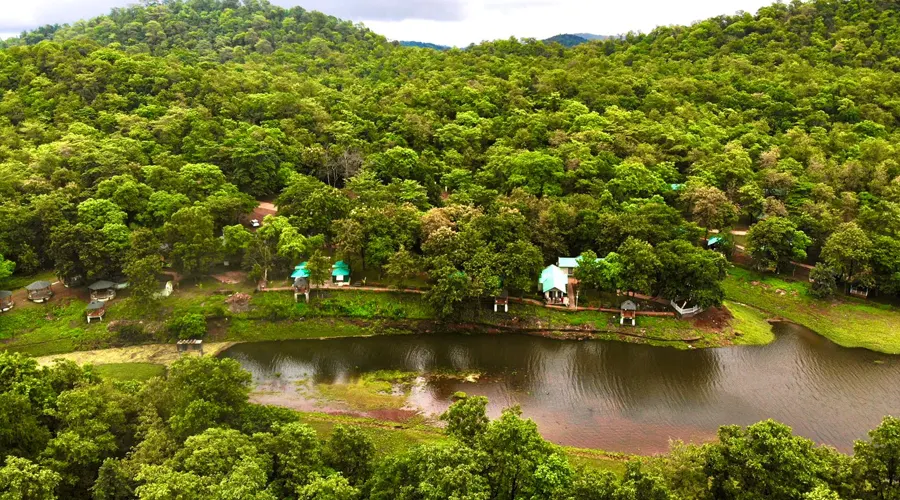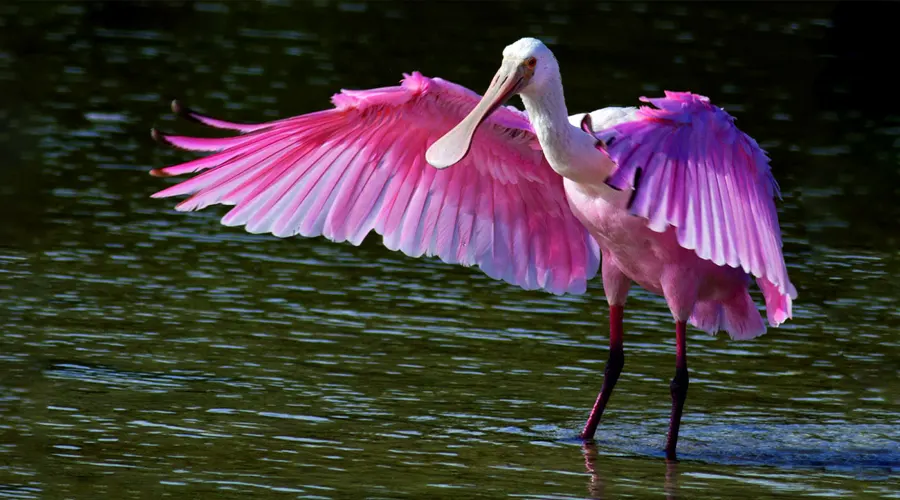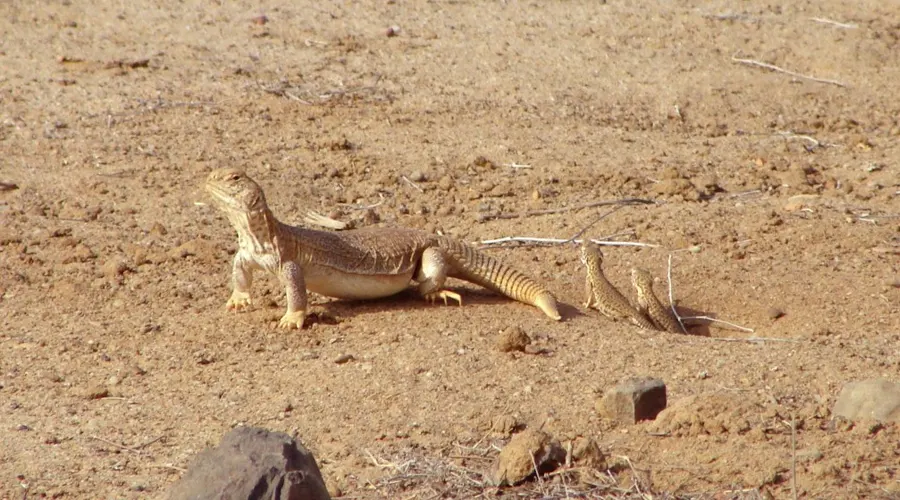Surat Old Fort
Surat Castle is also known as the ‘Old Fort’, one of the best tourist places in Surat. It was built by Gujarat’s Sultanate based on Ferozkhan Tughlaq of Delhi Sultanate. The main purpose of this fort was to safeguard against the Portuguese. Now, it is one of the most popular historical monuments in the city.
The city of Surat is located on the bank of the river Tapi in the West Indian state of Gujarat. Surat was a grand port city during the Mughal period. Since ancient times, the early part of Surat has been well-known for its elite quality fine silks and beautiful brocades and its trade in various spices.
Surat has been one of the most progressive of India's cities in the 17th and 18th centuries. Presently, Surat is a chief industrial city with many textile mills. Besides, Surat is also an imperative diamond-cutting center in India. Surat features many attractive tourist destinations. Monuments in Surat are a popular destination with tourists visiting the famous Old Fort which stands tall in the city.
History Of Surat Fort
The Surat Fort was built in the 16th century by the Ahmedabad king Sultan Mahmood-III. The reason this fort was constructed was to keep the city away from the frequent attacks which have devastated the entire city. The entire work of construction was given to Safi Agha who was a Turkish soldier who was later given the title of Khudawand Khan.
When a Portuguese traveler named Barbosa visited Surat in 1514, he described this city as the major location for trading and also mentioned the seaport which yielded a huge revenue. Later in 1512, the Portuguese attacked Surat city and by 1530 they initiated a piratical raid under the guidance of Antonio Da Salvaria.
Being annoyed by these frequent destruction and attacks, King Mahmud declared to build a strong caste that would protect the city from the invaders and that’s how the Surat Fort came into existence.
Architecture of Surat Fort
This historical castle was built on the bank of river Tapi, on a land plot of nearly 1 acre. At each corner of the structure there is a large round tower about 12.2m in height, the walls curtains have the same height as the towers with the thickness of walls being 4.1 m.
The top portions of the bastions are built in the Portuguese style. The king wanted to build the castle very strong that's why all the component units of masonry were bonded or fastened together with iron strips and the joints were filled-in by pouring the melted lead.
There is a massive gate on the eastern wing of the castle, having strong door shutters furnished with protruding spikes at the exterior side, and a decorative architectural treatment at the interior side.

